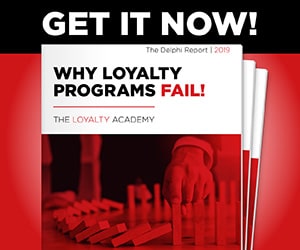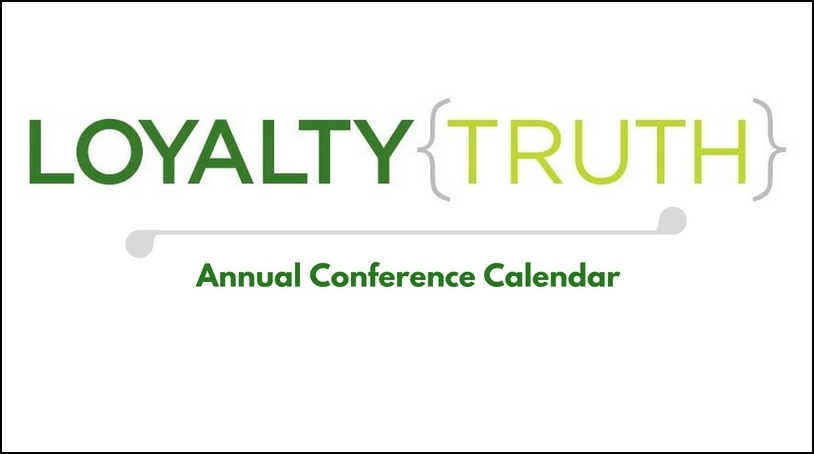Showrooming is a hot topic these days. In a 2012 white paper I co-authored with Rick Ferguson, VP Knowledge Development AIMIA, we defined the term this way:
Showrooming is the activity “in which consumers use traditional brick-and-mortar retail stores to evaluate products in person, then use their mobile devices to find the product at a lower price online”.
Titled Through the Looking Glass – Building Relationships with Retail Showroomers“, we encouraged retailers to embrace those customers engaged in Showrooming rather than fight against them. You can get your own copy of the white paper here and I think you’ll find it a worthwhile read.
Fighting to put an end to Showrooming has similar prospects of success to our country’s decades long war on drugs. Our country has spent millions (billions?) on law enforcement efforts focused on surveillance and interdiction, yet the flow of illegal substances continues at a steady rate across US borders. The only way to forge a permanent solution to the problem is to cure the human desire for the drugs themselves. Kill the demand and you might kill the trade.
Though we weren’t thinking about the war on drugs when we wrote the paper, there is parallel logic at work. Rather than conjure up methods of interdiction or distraction to deter consumers from Showrooming in your store, retailers are better served by distilling the many contributing factors to the issue in order to determine the root cause of the behavior. Find a solution to meet the core needs of consumers and you’ll win big. The AIMIA white paper documents many of these contributing factors to the Showrooming behavior and arrives at a clear recommendation to retailers at this moment in time.
Yesterday, I had a personal experience online that made me think about another aspect of the topic. I know this “focus group of one” is subject to scrutiny, but I’ll bet that I’m not alone in what took place.
Going through my email, I opened a promotional message from Barnes & Noble which highlighted some of the most highly recommended books of 2012. It’s gift giving season and I had been searching for a book to give to a colleague. One click-through later, I was giving a closer look at the featured book in the email, “1775, a Good Year for Revolution”. Nearby I saw two books that interested me even more and I made a decision to purchase them both.
Here’s where things went astray for Barnes & Noble. I opened a new tab in my browser and went to Amazon, checked price and availability and ordered both books. Why did this happen? For me, I was able to identify three key points that influenced my purchase decision:
- I had an account set up with Amazon and didn’t need to go through the mess of creating yet another username and password that I would probably forget later
- My account had enabled the “1 Click Ordering” that made the e-commerce experience quicker and easier for me, no need to enter credit card information again
- I was offered a free trial of Amazon Prime and was able to take advantage of the free 2 day shipping to get the books here in time to give the book to my friend
My decision was made based on the benefits of a previously established relationship. I had one with Amazon, but not with Barnes & Noble. That relationship with Amazon saved me time and gave me confidence through added benefits that my purchase would be completed securely with the product delivered on time.
You’ll notice the one influencing factor I didn’t mention was price. I’m not a spendthrift, and I did compare prices. Amazon was slightly better, but since this was a gift, the hardback book was going to cost me a good amount no matter where it was purchased. In this instance, my time was more valuable than a couple of bucks and the conveniences I enjoyed through the features offered by Amazon took precedence.
The experience made me realize that Showrooming takes place in multiple venues. I didn’t intentionally go shopping at Barnes & Noble and later decide to buy at Amazon, but the end result of the interaction was the same as if I had walked in the brick and mortar Barnes & Noble, spied “1775” on the center table of featured books and ended up purchasing it later at Amazon.
What was the root cause of my behavior? I had a relationship with Amazon. I was engaged by Amazon with some promise of value, an enticement. I gave them a chance and it worked out. I came back and found more value through features like “1 Click” and “Prime”. If this sounds like a Loyalty Lifecycle Value Chain where customers can be propelled to higher lifetime customer value through engagement and related tactics, you are right on the money.
As we noted in the AIMIA white paper, sometimes perceived threats to business really just point up areas where improvement is needed. If Barnes & Noble is reading this post, I would hope they would not hear criticism, but take-away ideas for improvement of their e-commerce experience in order to establish customer relationships that will drive future sales and compete more effectively against Amazon.




